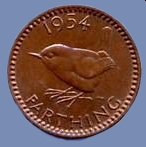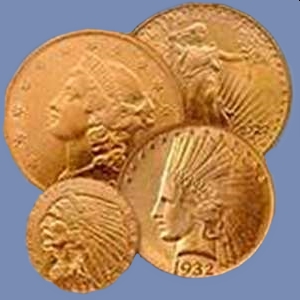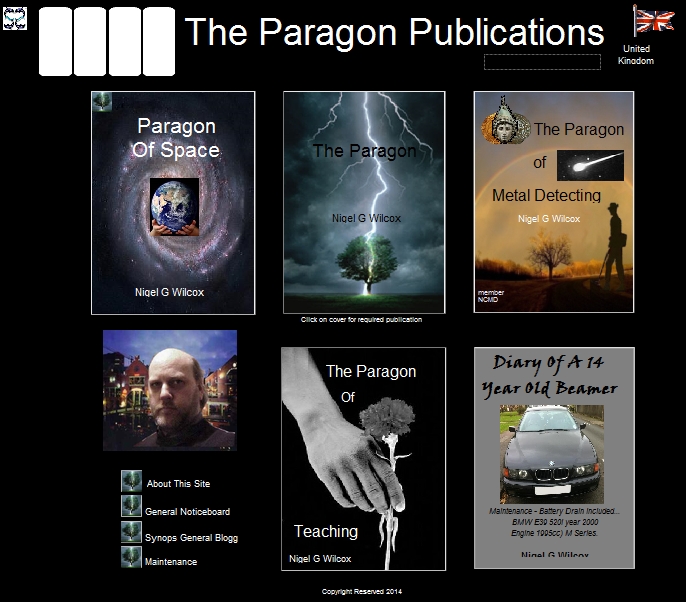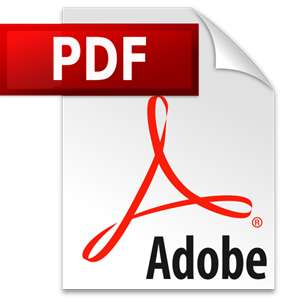








Designed by Nigel G Wilcox







The Paragon Of Metal Detecting
Member NCMD
Powered By Sispro1
British Sterling Currency - Numismatics,
Sixpence
For Reference ONLY
Everything For The Detectorist
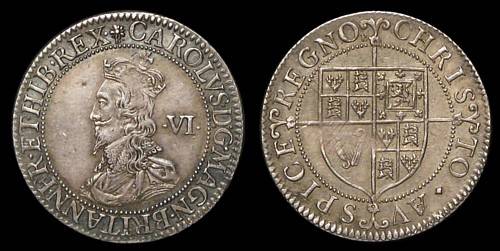
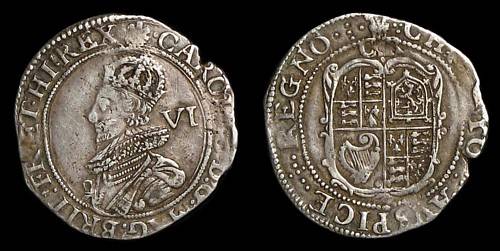
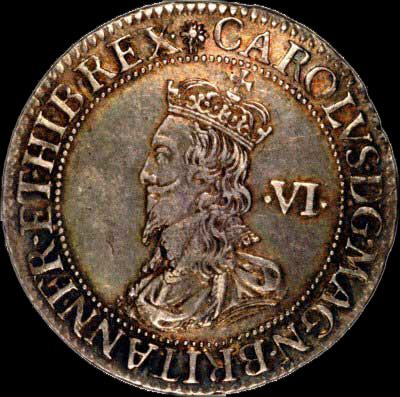
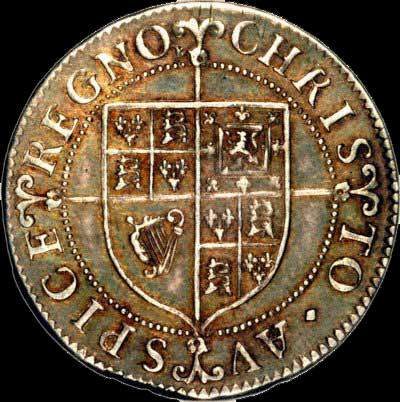
Charles I 1625-1649 AD
Briot's milled coinage, 1631 to 1639, Briot joined Tower Mint in 1628 and was sole designer for the bust of royal coinage, In 1631 he introduced milled or machine made coinage, Coins were of much higher quality than the hammered counterparts, The main drawback seems to have been the length of time required to produce coins. A second series consisting of only silver coins was produced in 1637-39. Unfortunately, Briot and his milled coinage were as unpopular in the mint as Mestrelle, and probably for the same reasons. In 1635 Briot was appointed as Master of the mint in Scotland where a further series of milled Scottish coins were produced between 1637 and 1642. Briot's son-in-law, John Falconer, was associated with him in this coinage. The coins were similar but those of Briot are normally marked with a B and those of Falconer with an F.
A large fiscal deficit had arisen in the reigns of Elizabeth I and James I. Notwithstanding Buckingham's short lived campaigns against both Spain and France, there was little financial capacity for Charles to wage wars overseas. Throughout his reign Charles was obliged to rely primarily on volunteer forces for defence and on diplomatic efforts to support his sister, Elizabeth, and his foreign policy objective for the restoration of the Palatinate England was still the least taxed country in Europe, with no official excise and no regular direct taxation. To raise revenue without reconvening Parliament, Charles resurrected an all-but-forgotten law called the "Distrait of Knighthood", in abeyance for over a century, which required any man who earned £40 or more from land each year to present himself at the king's coronation to be knighted. Relying on this old statute, Charles fined individuals who had failed to attend his coronation in 1626.
The chief tax imposed by Charles was a feudal levy known as ship money, which proved even more unpopular, and lucrative, than poundage and tonnage before it. Previously, collection of ship money had been authorised only during wars, and only on coastal regions. Charles, however, argued that there was no legal bar to collecting the tax for defence during peacetime and throughout the whole of the kingdom. Ship money, paid directly to the Treasury of the Navy, provided between £150,000 to £200,000 annually between 1634 and 1638, after which yields declined. Opposition to ship money steadily grew, but the 12 common law judges of England declared that the tax was within the king's prerogative, though some of them had reservations. The prosecution of John Hampden for non-payment in 1637-38 provided a platform for popular protest, and the judges only found against Hampden by the narrow margin of 7-5.
The king also derived money through the granting of monopolies, despite a statute forbidding such action, which, though inefficient, raised an estimated £100,000 a year in the late 1630s. One such monopoly was for soap, pejoratively referred to as "popish soap" because some of its backers were Catholics. Charles also raised funds from the Scottish nobility, at the price of considerable acrimony, by the Act of Revocation (1625), whereby all gifts of royal or church land made to the nobility since 1540 were revoked, with continued ownership being subject to an annual rent. In addition, the boundaries of the royal forests in England were restored to their ancient limits as part of a scheme to maximise income by exploiting the land and fining land users within the reasserted boundaries for encroachment. The focus of the programme was disafforestation and sale of forest lands for conversion to pasture and arable farming, or in the case of the Forest of Dean, development for the iron industry. Disafforestation frequently caused riots and disturbances including those known as the Western Rising.
Against the background of this unrest, Charles faced bankruptcy in mid-1640. The City of London, preoccupied with its own grievances, refused to make any loans to the king, as did foreign powers. In this extremity, in July Charles seized silver bullion worth £130,000 held in trust at the mint in the Tower of London, promising its later return at 8% interest to its owners. In August, after the East India Company refused to grant a loan, Lord Cottington seized the company's stock of pepper and spices and sold it for £60,000 (far below its market value), promising to refund the money with interest later.
Briot's milled coinage, 1631 to 1639, Briot joined Tower Mint in 1628 and was sole designer for the bust of royal coinage, In 1631 he introduced milled or machine made coinage, Coins were of much higher quality than the hammered counterparts, The main drawback seems to have been the length of time required to produce coins. A second series consisting of only silver coins was produced in 1637-39. Unfortunately, Briot and his milled coinage were as unpopular in the mint as Mestrelle, and probably for the same reasons. In 1635 Briot was appointed as Master of the mint in Scotland where a further series of milled Scottish coins were produced between 1637 and 1642. Briot's son-in-law, John Falconer, was associated with him in this coinage. The coins were similar but those of Briot are normally marked with a B and those of Falconer with an F.
A large fiscal deficit had arisen in the reigns of Elizabeth I and James I. Notwithstanding Buckingham's short lived campaigns against both Spain and France, there was little financial capacity for Charles to wage wars overseas. Throughout his reign Charles was obliged to rely primarily on volunteer forces for defence and on diplomatic efforts to support his sister, Elizabeth, and his foreign policy objective for the restoration of the Palatinate England was still the least taxed country in Europe, with no official excise and no regular direct taxation. To raise revenue without reconvening Parliament, Charles resurrected an all-but-forgotten law called the "Distrait of Knighthood", in abeyance for over a century, which required any man who earned £40 or more from land each year to present himself at the king's coronation to be knighted. Relying on this old statute, Charles fined individuals who had failed to attend his coronation in 1626.
The chief tax imposed by Charles was a feudal levy known as ship money, which proved even more unpopular, and lucrative, than poundage and tonnage before it. Previously, collection of ship money had been authorised only during wars, and only on coastal regions. Charles, however, argued that there was no legal bar to collecting the tax for defence during peacetime and throughout the whole of the kingdom. Ship money, paid directly to the Treasury of the Navy, provided between £150,000 to £200,000 annually between 1634 and 1638, after which yields declined. Opposition to ship money steadily grew, but the 12 common law judges of England declared that the tax was within the king's prerogative, though some of them had reservations. The prosecution of John Hampden for non-payment in 1637-38 provided a platform for popular protest, and the judges only found against Hampden by the narrow margin of 7-5.
The king also derived money through the granting of monopolies, despite a statute forbidding such action, which, though inefficient, raised an estimated £100,000 a year in the late 1630s. One such monopoly was for soap, pejoratively referred to as "popish soap" because some of its backers were Catholics. Charles also raised funds from the Scottish nobility, at the price of considerable acrimony, by the Act of Revocation (1625), whereby all gifts of royal or church land made to the nobility since 1540 were revoked, with continued ownership being subject to an annual rent. In addition, the boundaries of the royal forests in England were restored to their ancient limits as part of a scheme to maximise income by exploiting the land and fining land users within the reasserted boundaries for encroachment. The focus of the programme was disafforestation and sale of forest lands for conversion to pasture and arable farming, or in the case of the Forest of Dean, development for the iron industry. Disafforestation frequently caused riots and disturbances including those known as the Western Rising.
Against the background of this unrest, Charles faced bankruptcy in mid-1640. The City of London, preoccupied with its own grievances, refused to make any loans to the king, as did foreign powers. In this extremity, in July Charles seized silver bullion worth £130,000 held in trust at the mint in the Tower of London, promising its later return at 8% interest to its owners. In August, after the East India Company refused to grant a loan, Lord Cottington seized the company's stock of pepper and spices and sold it for £60,000 (far below its market value), promising to refund the money with interest later.
Sterling Coin Menu
Royal Monarchy
Main Coin Index Menu
Copyright All Rights Reserved by Nigel G Wilcox E-Mail: ngwilcox100@gmail.com
INFORMATION - DATA
6. Menu
Pages
Introduction
Metal Detectors
Law
Insurance
Timelines
Reference
Identification
Site Map
MAIN

click
Silver Coins of the Tower Mint
of Charles I
of Charles I

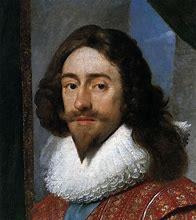
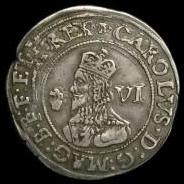
Sixpence
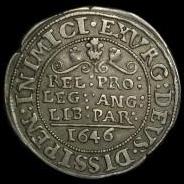
Bridgenorth-on-Severn?
1646, mm. B/-, crowned bust left, plume before face, R. scroll above declaration, 3.04g, double struck on the obverse, but struck on a broad flan. Hammered Silver - Estimated Value 1250
1646, mm. B/-, crowned bust left, plume before face, R. scroll above declaration, 3.04g, double struck on the obverse, but struck on a broad flan. Hammered Silver - Estimated Value 1250
Charles I
We do NOT buy or sell coins
